SOURCE: AFI
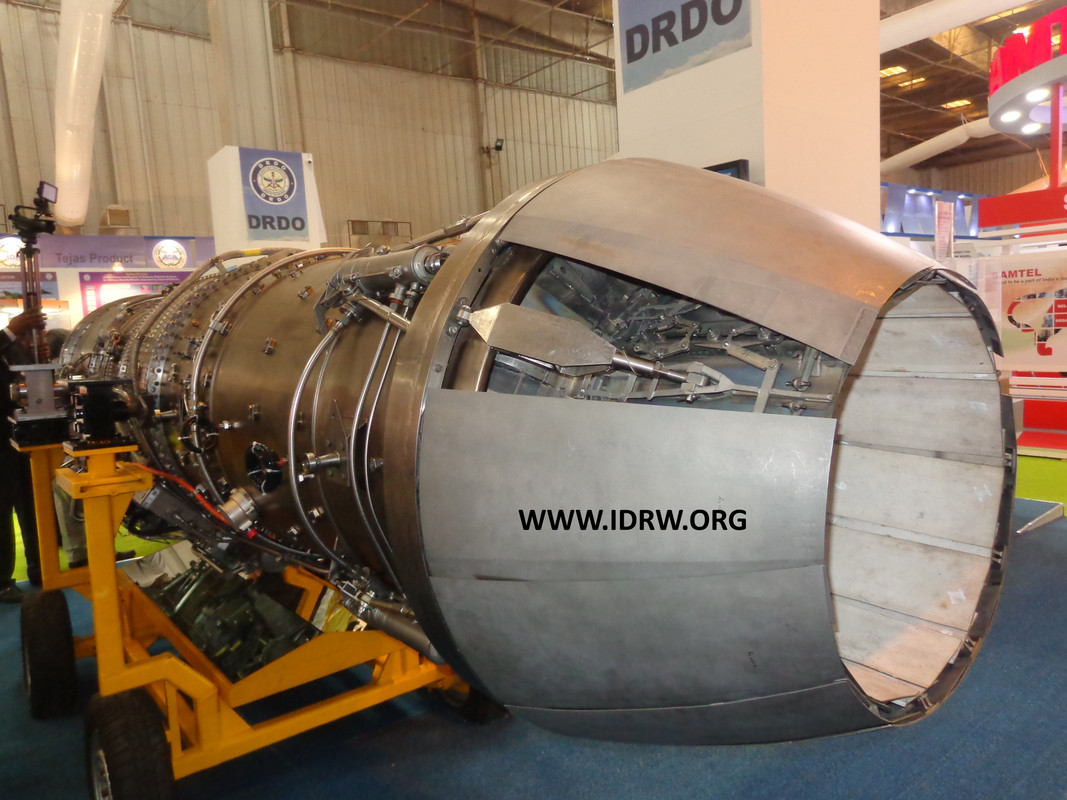
India’s self-reliance efforts in defense received a significant boost with the successful development of AI-powered tools for data assessment and active learning for visual data by ChiStats Labs Pvt. Ltd. This achievement comes courtesy of the Technology Development Fund (TDF) scheme, a flagship program of the Ministry of Defence (MoD) executed by the Defence Research and Development Organisation (DRDO).
ChiStats Labs, a Pune-based data science and AI startup, emerged as the winner of DRDO’s Dare to Dream 2.0 Innovation contest. Through the TDF scheme, they received critical support to develop this groundbreaking technology. Notably, ChiStats Labs is not the first success story under the TDF scheme, which has fostered innovation and empowered startups and MSMEs to contribute to India’s defense sector.
Continue readingSOURCE: AFI
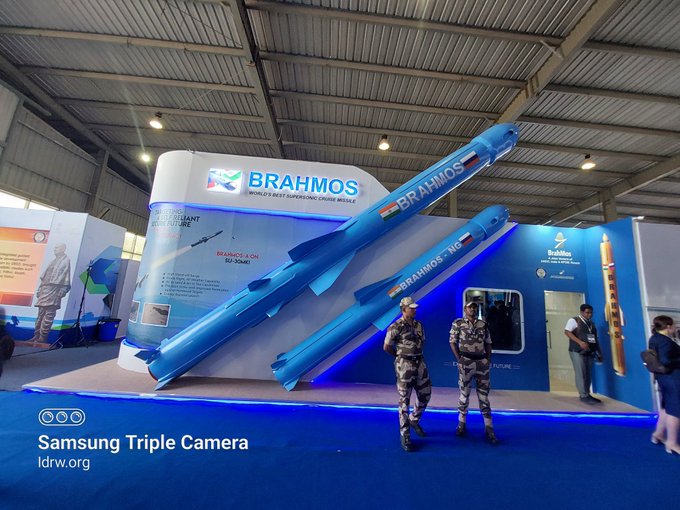
India’s Defense Research and Development Organisation (DRDO) is currently developing an interferometric fiber-optic gyroscope (FOG)-based Inertial Navigation System (INS) for the BrahMos missile, marking a significant leap in indigenous navigation technology. This advanced INS system will further enhance the precision and reliability of BrahMos, already one of the world’s fastest supersonic cruise missiles.
Inertial Navigation Systems (INS) play a critical role in modern missile systems, enabling them to navigate with high accuracy, especially in environments where external signals like GPS are either unavailable or compromised. INS units utilize sensors like gyroscopes and accelerometers to track the position, orientation, and velocity of the missile without relying on external references. However, traditional mechanical gyroscopes have limitations in terms of size, accuracy, and reliability.
Continue readingSOURCE: AFI

India is taking a major leap in its space ambitions with the planned launch of its own space station, named the Bharatiya Antariksh Station, by 2035. The proposal for the project was recently cleared by the Union government, marking a significant milestone in the Indian Space Research Organisation’s (ISRO) journey toward establishing a permanent human presence in space.
The Bharatiya Antariksh Station will be developed through a series of modular launches, taking advantage of ISRO’s current launch capabilities. According to ISRO Chief S. Somanath, the initial phase of the space station’s deployment will focus on robotic operations. “We are planning it’ll be more robotic in nature because most of the work is done by robots now,” he stated, emphasizing the shift toward automation and the growing use of robotic systems in space exploration.
Continue readingSOURCE: RAUNAK KUNDE / NEWS BEAT / IDRW.ORG
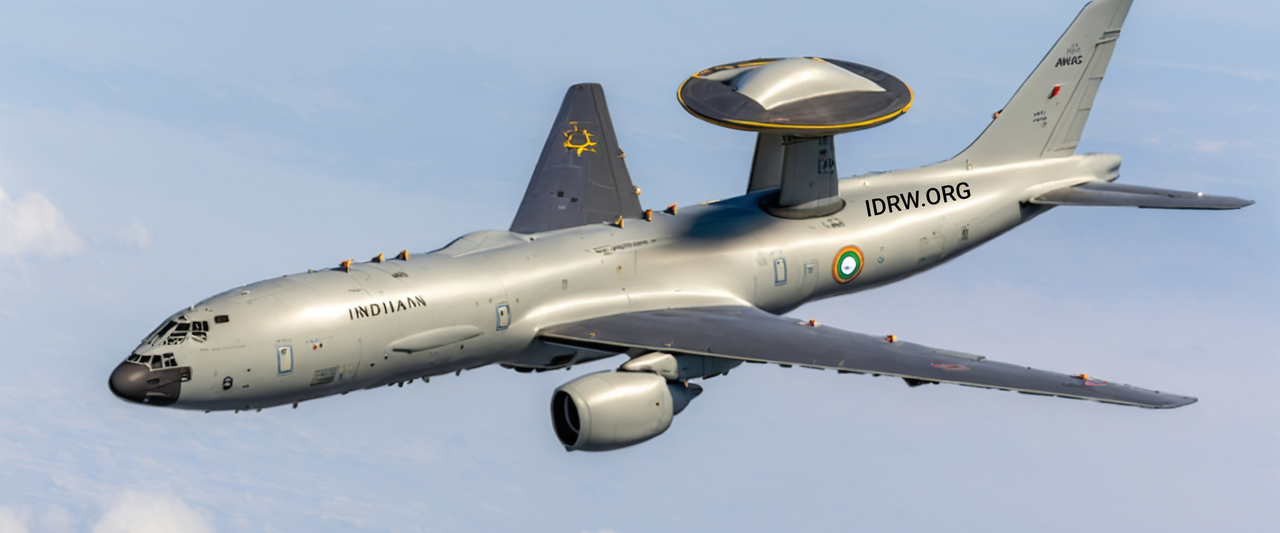
The Ministry of Defence (MoD), Government of India, has issued a Request for Information (RFI) aimed at the procurement of six (06) Airborne Early Warning and Control (AEW&C) systems, along with the necessary ground segment infrastructure. This RFI invites proposals from registered Indian vendors for the supply of these advanced systems. The AEW&C system is a crucial part of the Indian Air Force’s (IAF) modernization efforts, aimed at enhancing air defense and surveillance capabilities.
The AEW&C systems are a sophisticated “system of systems” designed to provide long-range radar detection and comprehensive situational awareness. The primary functions include Long-range radar detection, Electronic Surveillance Measures (ESM), Communication Support Measures (CSM), Command & Control (C2), Battle management, and Data link-based networking for real-time integration.
Continue readingSOURCE: RAUNAK KUNDE / NEWS BEAT / IDRW.ORG

The Defence Research and Development Organisation (DRDO) has proposed the development of a ground-based version of the RudraM-2 anti-radiation surface-to-surface missile system. Based on the air-launched variant of the RudraM-2, the ground-based version will incorporate a booster stage, enhancing its range and capabilities.
With a range of 300 kilometres and a payload of 200 kilograms, the RudraM-2 missile is capable of reaching speeds of up to Mach 5.5. Its advanced seekers can detect enemy radio frequencies and signals from radars at distances exceeding 100 kilometres.
Continue readingSOURCE: RAUNAK KUNDE / NEWS BEAT / IDRW.ORG
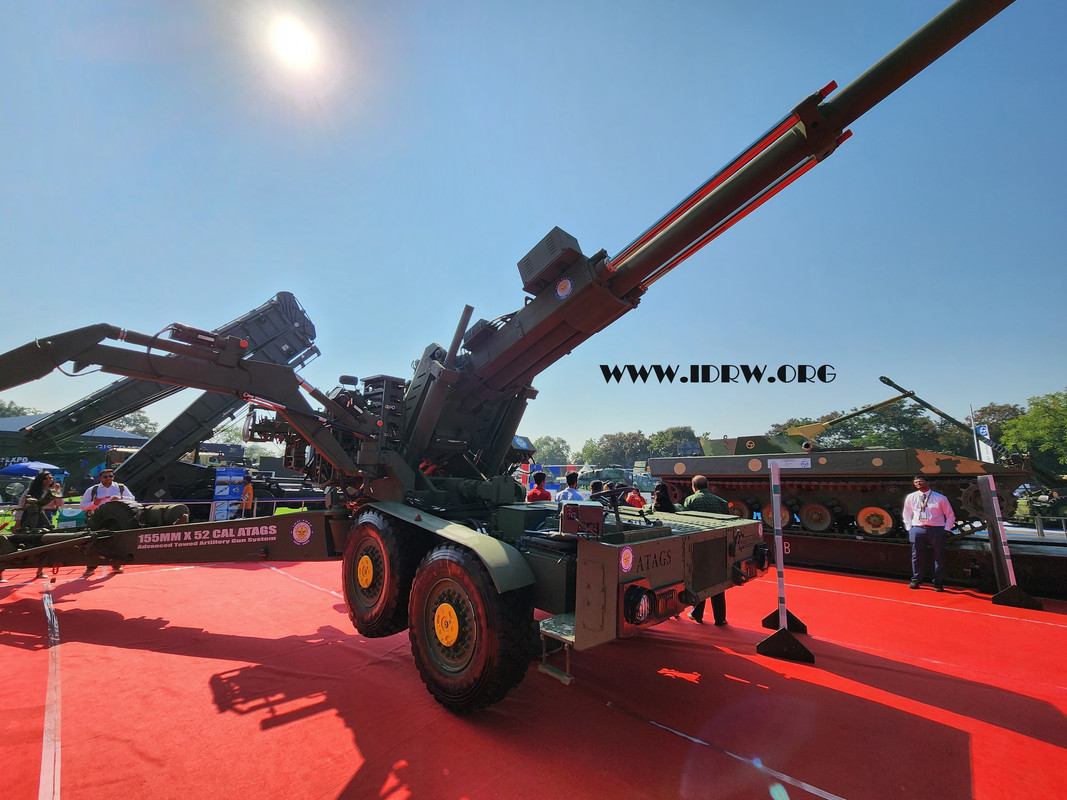
Lt Gen Adosh Kumar, the Director General of Artillery in the Indian Army, has confirmed that the deal for 307 Advanced Towed Artillery Gun Systems (ATAGS) will be procured in 2025. The ATAGS, a towed 155 mm/52 caliber howitzer, has already been cleared for production following the successful completion of user trials.
The contract is expected to be finalized in March, coinciding with the end of the financial year. While the Army has not disclosed which specific variant of the ATAGS it plans to procure, both Tata and Kalyani have developed their own versions of the gun based on the same Technology Transfer (ToT) provided by the Defence Research and Development Organisation (DRDO). However, there are notable differences between the two variants in terms of design and other parameters.
Continue readingSOURCE: AFI

The Indian Army is actively pursuing the development of long-range rockets capable of striking targets over 300 kilometers away. This strategic move is driven by the increasing effectiveness of such weapons, as demonstrated in the ongoing Ukraine-Russia conflict.
The Indian Army’s indigenous Pinaka rocket system is currently undergoing modifications to enhance its range and capabilities. According to Lieutenant General Adosh Kumar, Director General Artillery, the goal is to extend the range of existing Pinaka systems by nearly four times to meet operational requirements.
Continue readingSOURCE: AFI
)
Cutting across various sections of society, people in Telangana have urged the government to save the Damagundam forests in Vikarabad district by relocating the proposed Indian Navy radar station to a different site. The concerns stem from environmental and conservationist efforts to protect the forested area, which is now slated for a crucial military installation.
The Indian Navy has identified Telangana as a key base for its second Very Low Frequency (VLF) communication transmission station. This station, crucial for communication with naval ships and submarines, will be established in the Damagundam forest area near Puduru in Vikarabad Mandal. The new installation will complement the first VLF station, INS Kattabomman in Tirunelveli, Tamil Nadu, which has been operational since 1990 and serves as a vital communication link for the Navy.
Continue readingSOURCE: AFI
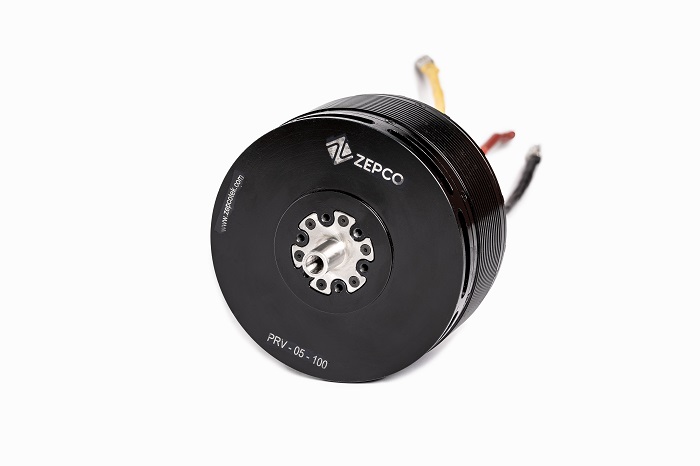
Zepco Technologies, a deep-tech startup based in Bengaluru, has achieved a significant milestone in the field of propulsion technology. The company’s advanced propulsion system has successfully powered a world record-setting high-altitude flight of an unmanned aerial vehicle (UAV) carrying a heavy payload.
Designed, developed, and manufactured entirely in Bengaluru, Zepco’s indigenous propulsion system lifted a UAV with a 30 kg payload to an astonishing launch altitude of 19,024 feet at Umling La Pass, the highest motorable pass in the world. The total takeoff weight of 100 kg showcased the motors’ exceptional performance in challenging conditions with rarified air.
Continue readingSOURCE: AFI

A gathering of naval air power from across the Indo-Pacific region took place at RAAF Base Darwin during Exercise Kakadu 2024. Representatives from the Australian Air Force, Australian Navy, US Navy, Japan Maritime Self-Defense Force (JMSDF), Republic of Singapore Air Force (RSAF), and Indian Navy came together for a group photo to commemorate their participation in the multinational naval exercise.
The exercise showcased a diverse range of maritime patrol aircraft (MPAs) from the participating nations. The Indian Navy and Australian Navy proudly displayed their P-8 and P8I MPAs, while the Japan Maritime Self-Defense Force (JMSDF) showcased its Kawasaki P-1 MPA. The US Navy also contributed its P-8A MPA to the exercise.
Continue readingSOURCE: IDRW.ORG
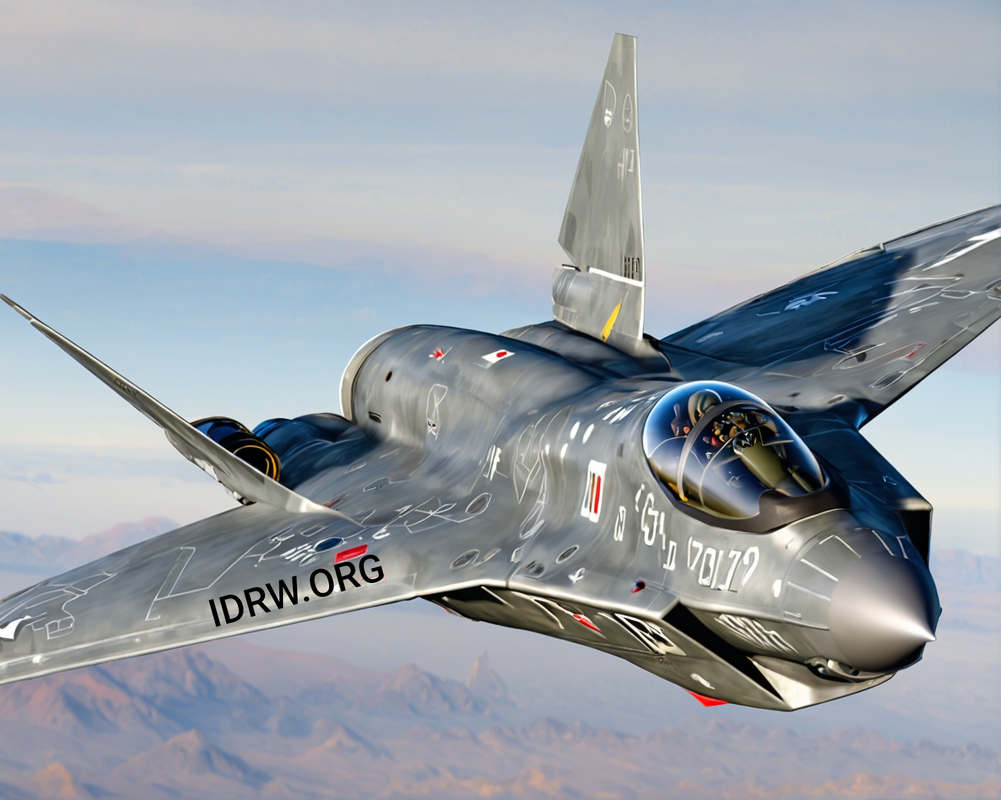
A senior Indian Air Force (IAF) official, speaking to idrw.org under the condition of anonymity, has stated that the proposal for the Su-75 Checkmate, a single-engine stealth fighter developed by Russia’s Sukhoi Design Bureau, is not being seriously considered by the IAF. The official explained that the Su-75 program requires substantial developmental funding from potential customers, making it financially unfeasible for India.
The Su-75 Checkmate was first revealed in the form of a full-size mockup at the MAKS 2021 airshow and followed by a series of patents in 2022, aimed primarily at the export market. Russia has positioned the Checkmate as a competitor to the American F-35, but the official emphasized that the Russian Air Force has no plans to procure the aircraft. This puts the burden of funding on potential export customers, which complicates its viability for the IAF.
Continue readingSOURCE: IDRW.ORG TEAM
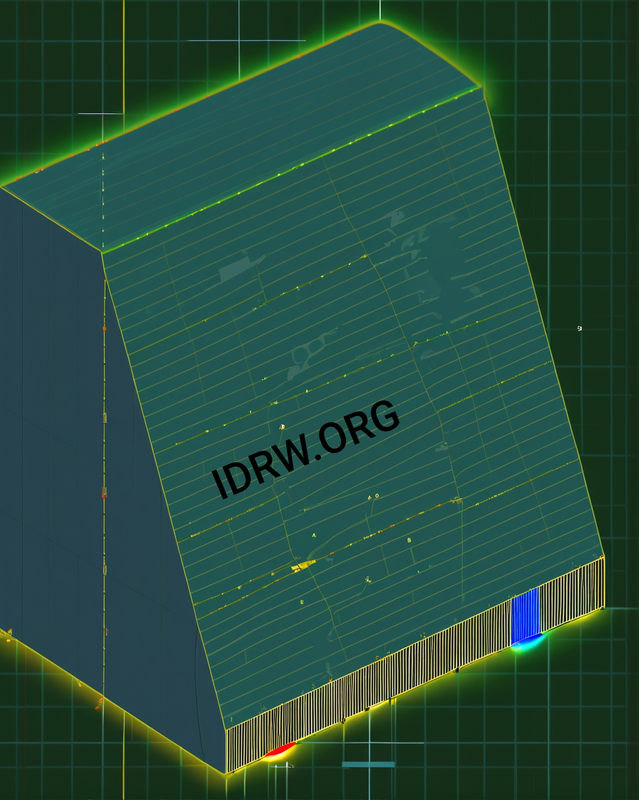
The Indian Space Research Organisation (ISRO) is developing a Space Debris Radar with over 70% indigenous content, marking a significant step towards ensuring the safety of India’s expanding space assets. This radar system is designed to track and monitor space debris, a growing threat to satellites, space stations, and other orbital installations.
As space becomes increasingly congested, the risk posed by debris—ranging from defunct satellites to fragments from past collisions—has become a major concern for spacefaring nations. These objects, often traveling at high velocities, can cause catastrophic damage to operational spacecraft, leading to the loss of valuable equipment and scientific missions. ISRO’s initiative to develop a Space Debris Radar showcases India’s commitment to enhancing the sustainability and safety of its space endeavors.
Continue readingSOURCE: AFI
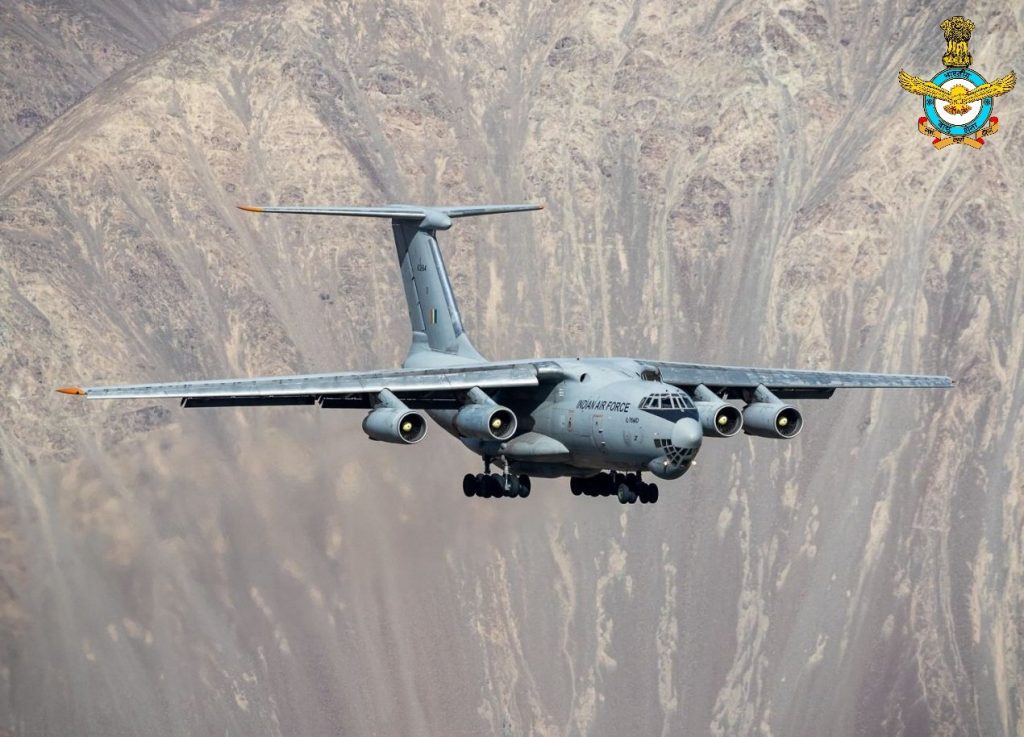
Russia has proposed to equip its Aviadvigatel PS-90 engines on the 17 Il-76MD transport aircraft operated by the Indian Air Force (IAF). This offer comes as the IAF plans to overhaul the aircraft and extend their service life.
Currently, the 17 Il-76MD transport aircraft are powered by the older Soloviev D-30KP-1 turbofans. However, six Il-78 and three A-50 aircraft, acquired by the IAF at later stages, are already equipped with the Aviadvigatel PS-90 engines.
Continue readingSOURCE: AFI

PTC Industries Limited, a renowned manufacturer of high-quality engineering metal components, has announced a significant production order from BAE Systems. The order involves supplying Titanium castings for the M777 Ultra-Lightweight Howitzer (ULH), specifically for parts like Spade Trails and Blades.
The development of these castings took two years, marking a major milestone in PTC Industries’ relationship with BAE Systems. This order demonstrates the company’s technological capabilities in producing critical components for advanced defense systems.
Continue readingSOURCE: AFI

The Defence Metallurgical Research Laboratory (DMRL) has successfully transferred technologies for two steel products to M/s Arcelor Mittal Nippon Steel India Limited, Surat. These technologies include DMR 249A Steel Sheets & Plates and DMR1700 Mill Forms.
DMR 249A is a low carbon micro-alloyed steel grade with exceptional toughness at sub-zero temperatures. It is widely used in shipbuilding due to its superior mechanical properties. However, DMR 249A exhibits poor corrosion resistance.
Continue reading